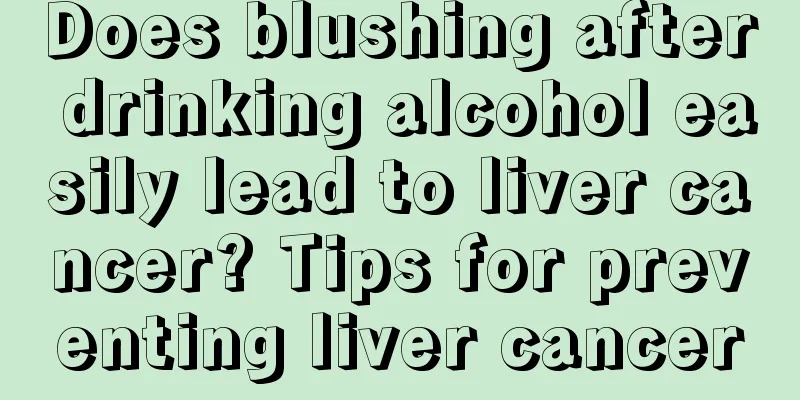Streptococcus pneumoniae

|
There are many types of bacteria, and bacteria can cause great harm to human health. Therefore, we must take good precautions against bacteria in our lives to avoid bacteria invading our bodies and causing other problems. When treating some diseases, we also need to see if they are caused by bacteria. If so, timely treatment is required. So what is pneumococcus? Many people don't know much about this. Many people are not very clear about Streptococcus pneumoniae, so when treating it, they don’t know what method to choose. So what exactly is it? The following is a detailed introduction so that you can have a better understanding of it. Streptococcus pneumoniae: Streptococcus pneumoniae was first isolated from the sputum of patients in 1881 by Louis Pasteur in France and GM Sternberg in the United States. It is Gram-positive, with spear-shaped bacteria, arranged in pairs or short chains. Toxic strains have a capsule with a chemical composition of polysaccharides outside the bacteria. 5% to 10% of normal people carry this bacteria in their upper respiratory tract. Virulent strains are important pathogens that cause human diseases. Pathogenicity and immunity ⒈ Pathogenic substances include capsule, pneumococcal lysin O, lipoteichoic acid and neuraminidase, etc. ⒉ The diseases caused mainly cause lobar pneumonia. Among adults, 75% are caused by types 1, 2, 3, 4, 5, 7, 8, 9, and 12, and more than half are caused by types 1, 2, and 3. Type 3 produces a large amount of capsule substances, has strong toxicity, and has a high mortality rate. In children, types 6, 14, 19, and 23 of Streptococcus pneumoniae are the most common. Pleurisy, empyema, otitis media, meningitis, sepsis, etc. may follow. Streptococcus pneumoniae often exists in the oral cavity and nasopharynx of normal people. It is generally not pathogenic and only forms a carrier state. It only causes disease when the immune system is weakened. Especially after respiratory virus infection or in infants and young children, the elderly and the weak are prone to lung infection. After infection, a relatively strong type-specific immunity can be established. Its immune mechanism is mainly to produce capsular polysaccharide type-specific antibodies, which play a conditioning role and enhance phagocytic function. Through the above introduction, we have a good understanding of Streptococcus pneumoniae. Streptococcus pneumoniae will only cause some diseases in the human body when the human immunity is reduced, so when treating it, we need a good method. However, when treating it, it is best to choose an appropriate method. |
Recommend
What to do if an adult has diarrhea and watery stools
Diarrhea in adults is mainly caused by gastrointe...
Is it good to drink more hot water in winter?
It is indeed okay to drink some hot water in wint...
What is the normal body fat percentage?
The normal range of body fat percentage for women...
What are the symptoms of necrotizing lymphadenitis
Necrotizing lymphadenitis is a non-neoplastic dis...
How to treat left ethmoid sinus osteoma
The treatment of left ethmoid sinus osteoma is ma...
Is it okay for men not to wear underwear?
Different people have different opinions on the i...
Why do I feel dry and thirsty at night?
If you feel dry mouth and thirst at night, you ca...
Treatment of Preexcitation Syndrome
What kind of disease is preexcitation syndrome? I...
The difference between dysentery and diarrhea
Diarrhea is caused by eating unclean food and get...
What is the severity of the dangers of throat congestion
The harm caused by throat congestion is relativel...
How can we prevent liver cancer? 5 early symptoms of liver cancer are extremely hidden
Early symptoms of liver cancer are hidden With th...
Is red bean easy to digest?
Red beans are a food that has many benefits for w...
How to remove oil stains from clothes
How do you feel when you find oil stains on your ...
I get up in the morning with a sore spine
We all know that waking up in the morning is the ...
The difference between Maotai-flavor liquor and Luzhou-flavor liquor
There is a big difference between the sauce-aroma...









